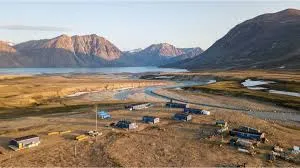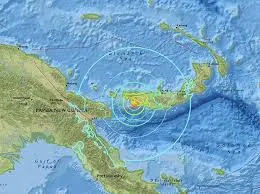Over the past two decades, Greenland’s glaciers have been melting at an alarming rate, revealing vast expanses of previously hidden coastline. According to satellite data from 2000 to 2020, 1,620 kilometers of new coastline have been uncovered. The retreat of Arctic marine-terminating glaciers, driven by global warming, is reshaping the Arctic landscape in unprecedented ways.
Environmental Impacts of Glacier Loss
The environmental implications of this dramatic change are profound. As ice retreats, new lands are exposed to the elements, which could lead to significant shifts in local ecosystems. These newly revealed areas might experience shifts in sediment, coastal erosion, and the introduction of new plant and animal species. These changes will continue to be monitored by scientists for years to come.
Satellite Data Tracks Changing Landscapes
A study published in Nature Climate Change used satellite images to track the glacier retreat in the Arctic. It found that, globally, 2,466 kilometers of coastline have been revealed over the past 20 years, with Greenland accounting for 66% of this total. The retreat is most significant at Zachariae Isstrom, where 81 kilometers of coastline have been exposed—more than any other glacier in the region.
Newly Exposed Islands and Potential Territorial Claims
The retreat of ice has also uncovered 35 previously hidden islands larger than 0.5 square kilometers. Of these, 29 are in Greenland, and 13 had not appeared on any maps prior to this discovery. These islands, which may be rich in natural resources, have sparked interest from multiple countries, raising the possibility of future territorial claims.
Scientists also note that these new landscapes could offer important scientific insights into Arctic geology and marine ecosystems, creating new opportunities for exploration.
The Tipping Point of Greenland’s Ice Sheet
Greenland’s ice sheet is approaching a dangerous tipping point, and continued melting could lead to rising sea levels and shifting ocean currents. As this change unfolds, governments, local communities, and environmental researchers will need to address both the challenges and opportunities that come with the newly exposed Arctic coastlines.
This significant environmental shift underscores the urgent need for global action on climate change to slow the melting of the Arctic and mitigate its far-reaching impacts.






















